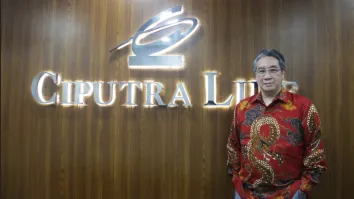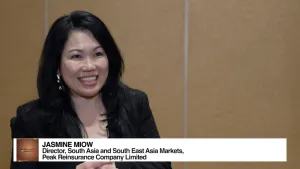
Dai-ichi Life to cut equity risk by over 50% by 2030: Fitch Ratings
Its financial leverage is also seen to remain below 23%.
Dai-ichi Life Insurance Company’s exposure to risky assets is seen to diminish, with plans to reduce equity risk exposure by more than 50% over the next six years, according to Fitch Ratings.
The Japanese insurer’s financial leverage is also seen to remain below 23% after issuing a $2b perpetual subordinated bond, further strengthening its capital base.
The insurer’s consolidated economic solvency ratio (ESR) stood at 215% as of March 2024, down from 223% a year earlier.
Despite the impact of a steepening Japanese yen yield curve, the ESR remains stable due to conservative assumptions on surrender and lapse rates.
Profitability has recovered, with Dai-ichi Life’s core profit margin rebounding to 15% in the first half of the fiscal year ending March 2025, up from 13% a year earlier.
Whilst Dai-ichi Life has some exposure to US commercial real estate through its US life insurance subsidiary, these risks are considered manageable relative to its earnings and capital buffer.
The company expects further growth, particularly through its US-based subsidiary, Protective Life Corporation.
The planned acquisition of US insurer ShelterPoint Group, announced in April 2024, is expected to contribute an additional $40m to $50m in annual net income for Protective Life.
Fitch sees the acquisition as a positive step in diversifying Dai-ichi Life’s US business portfolio.



















 Advertise
Advertise








